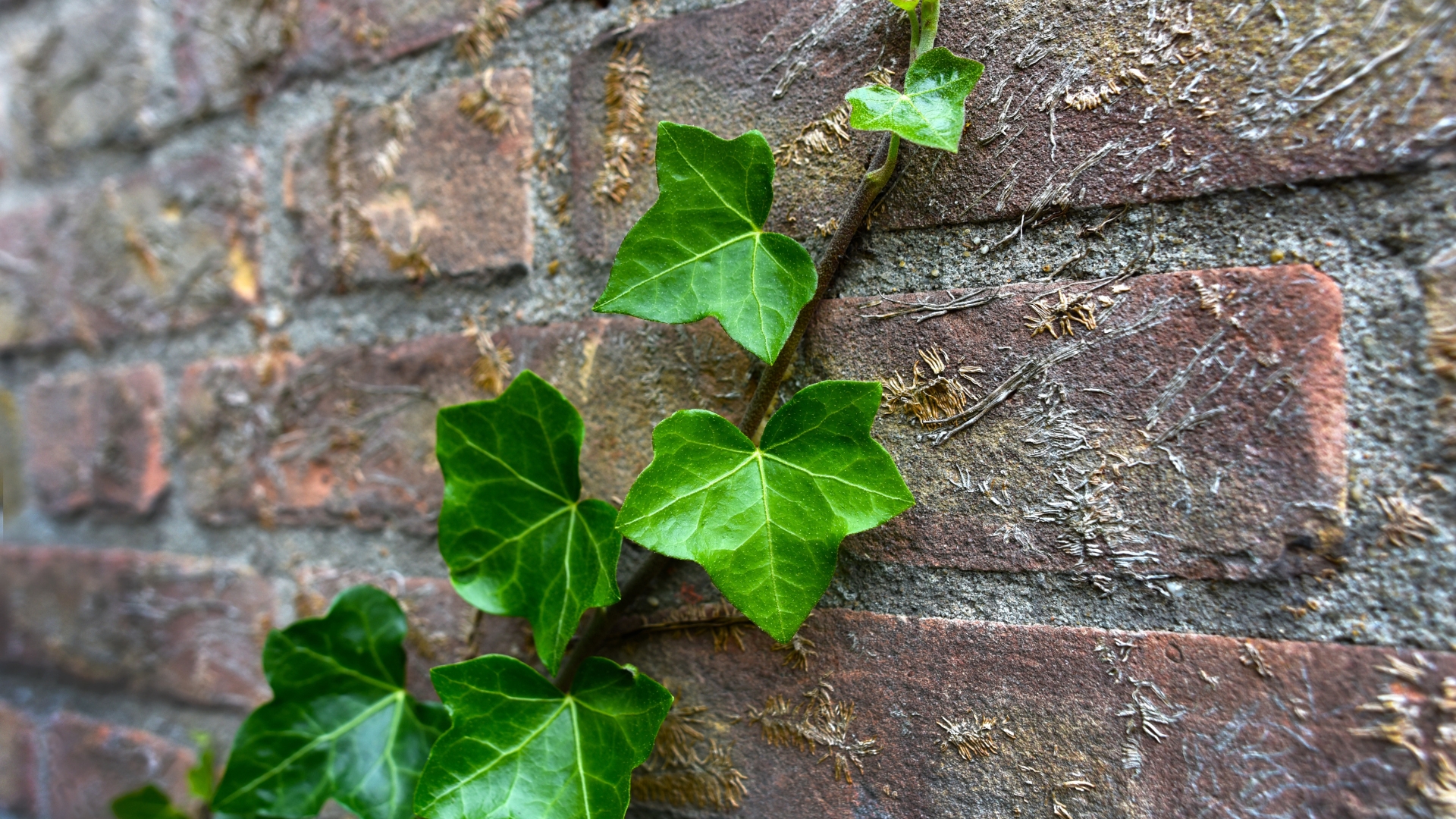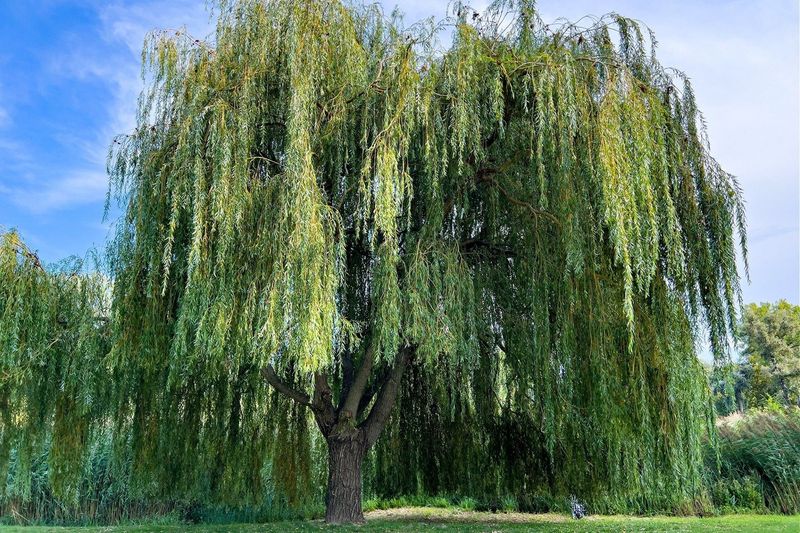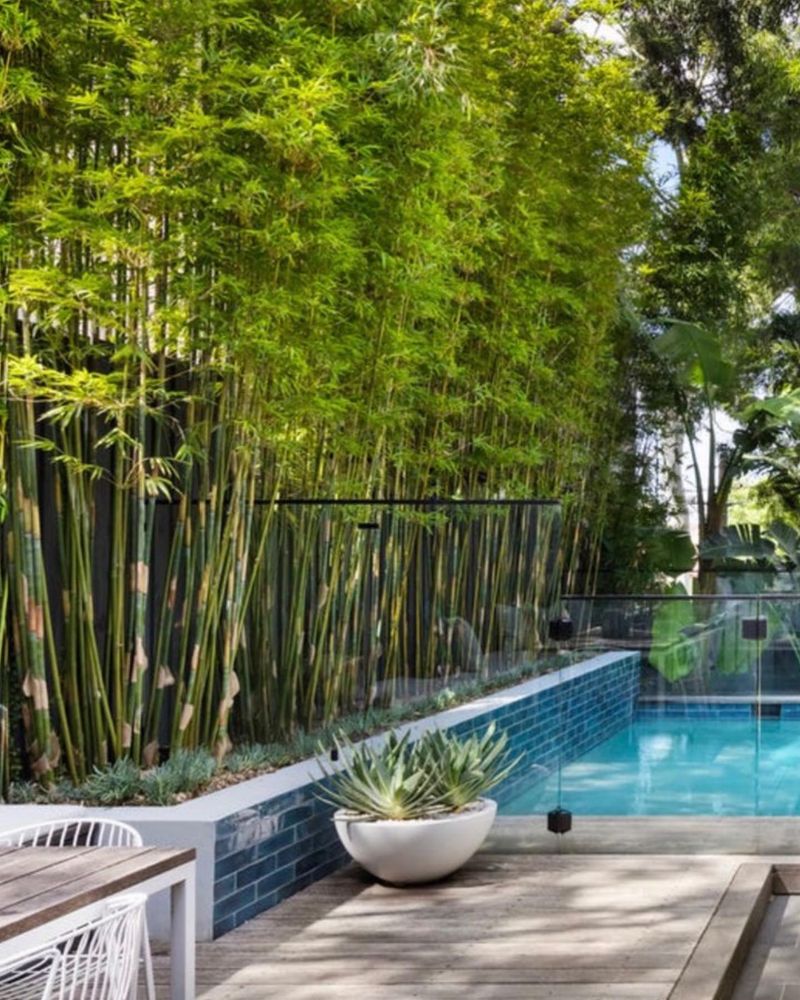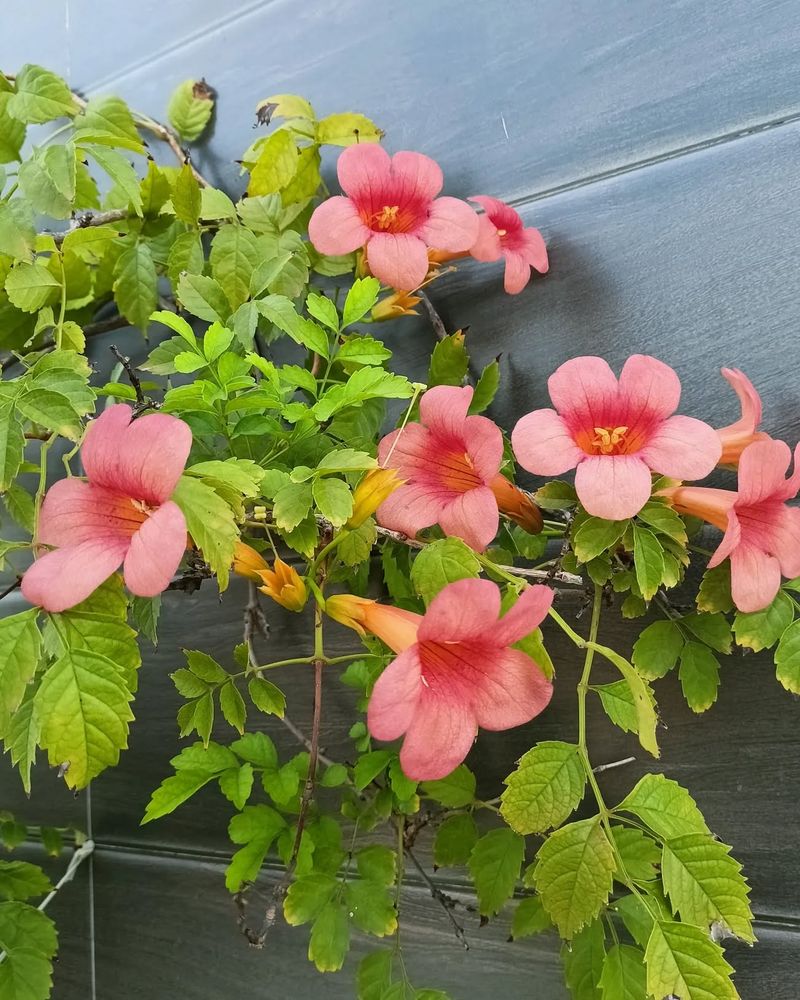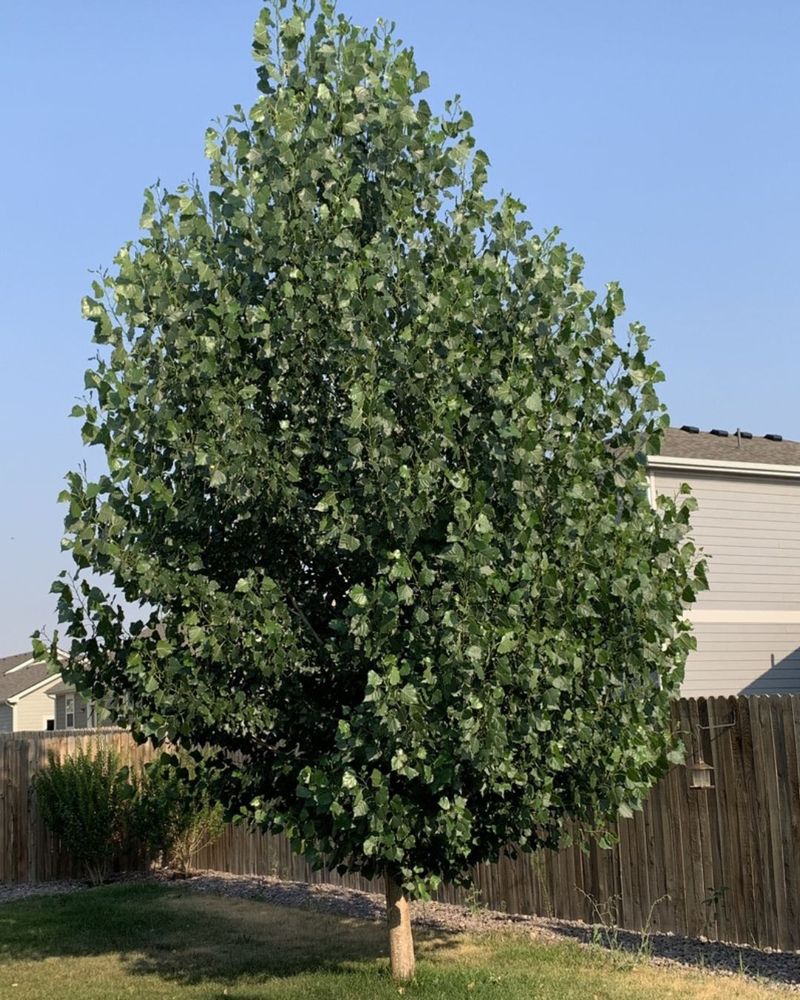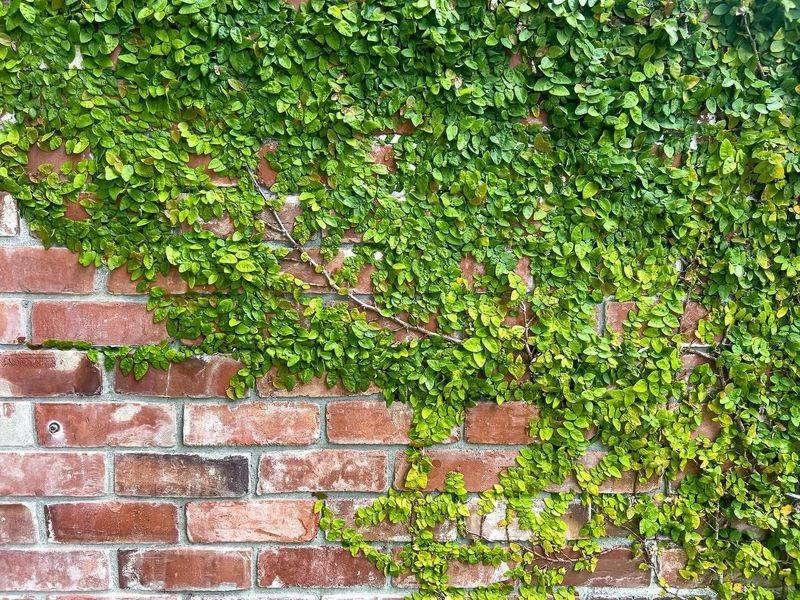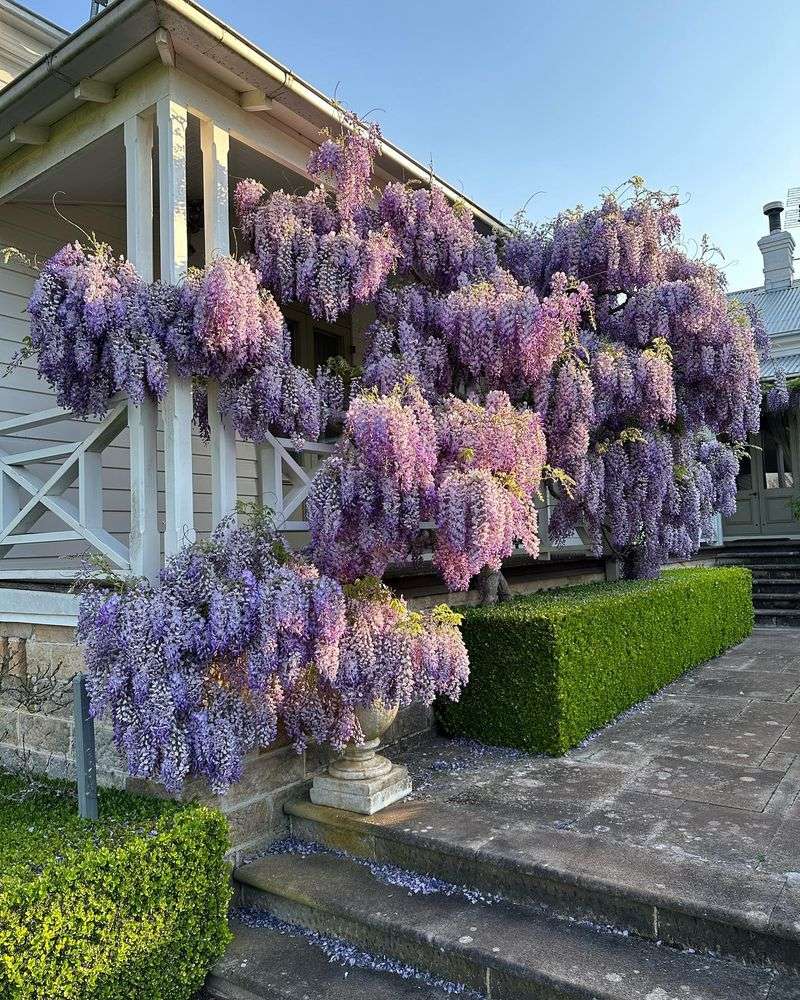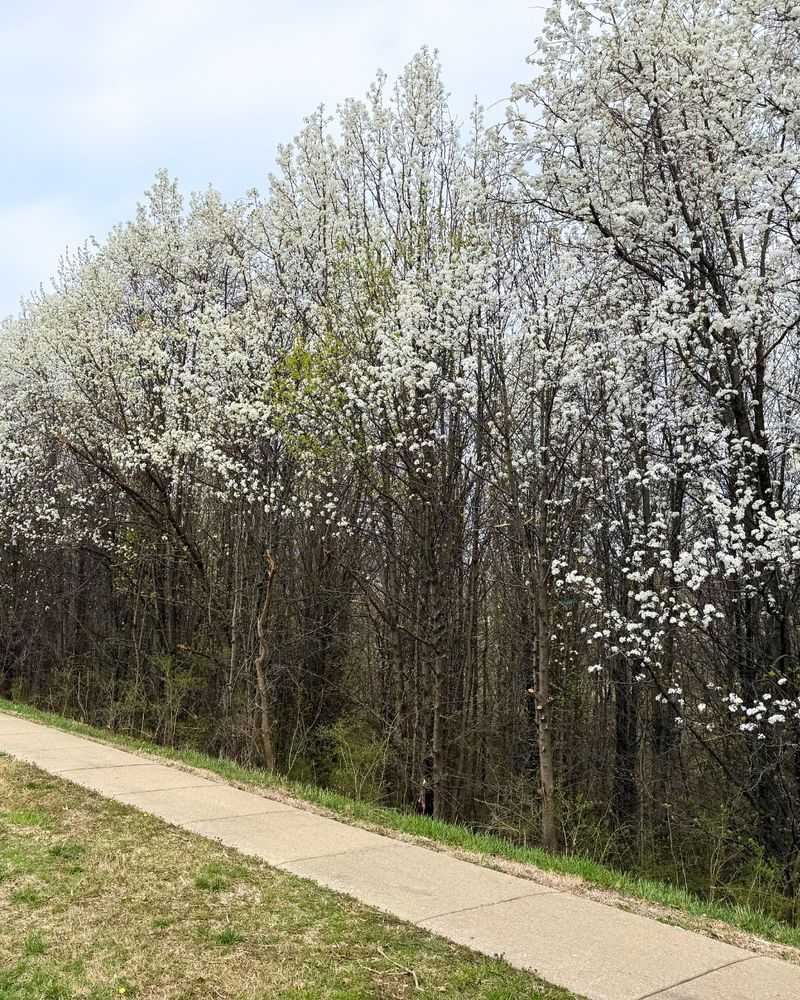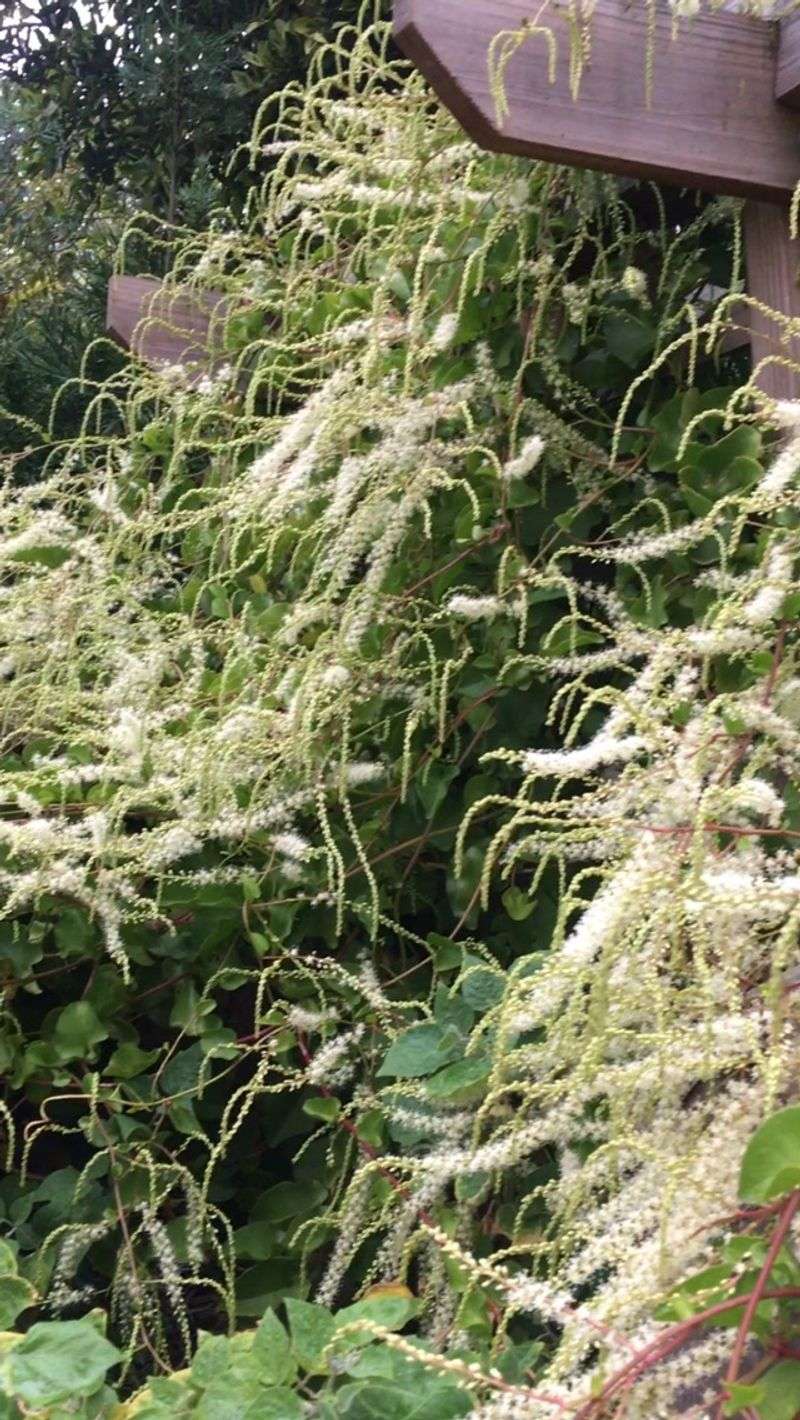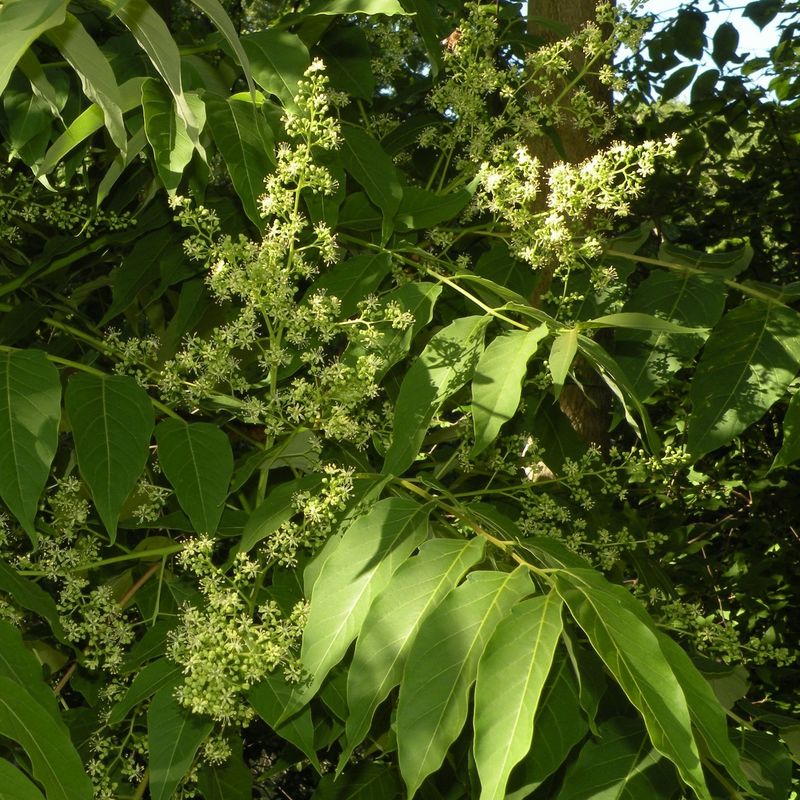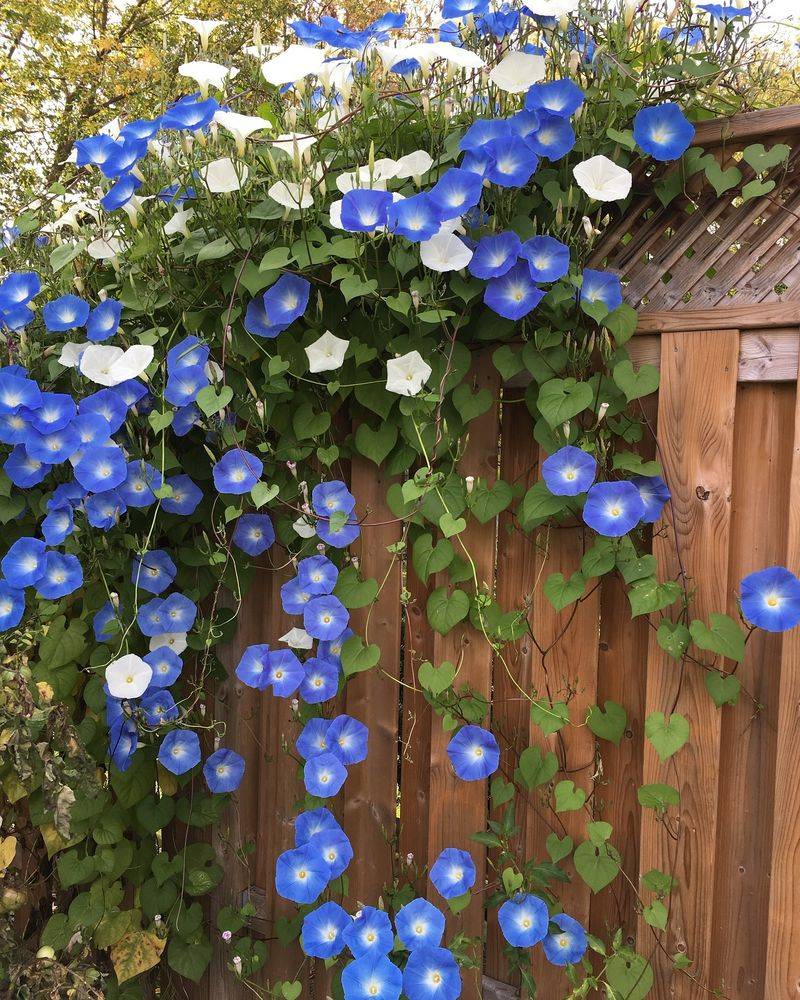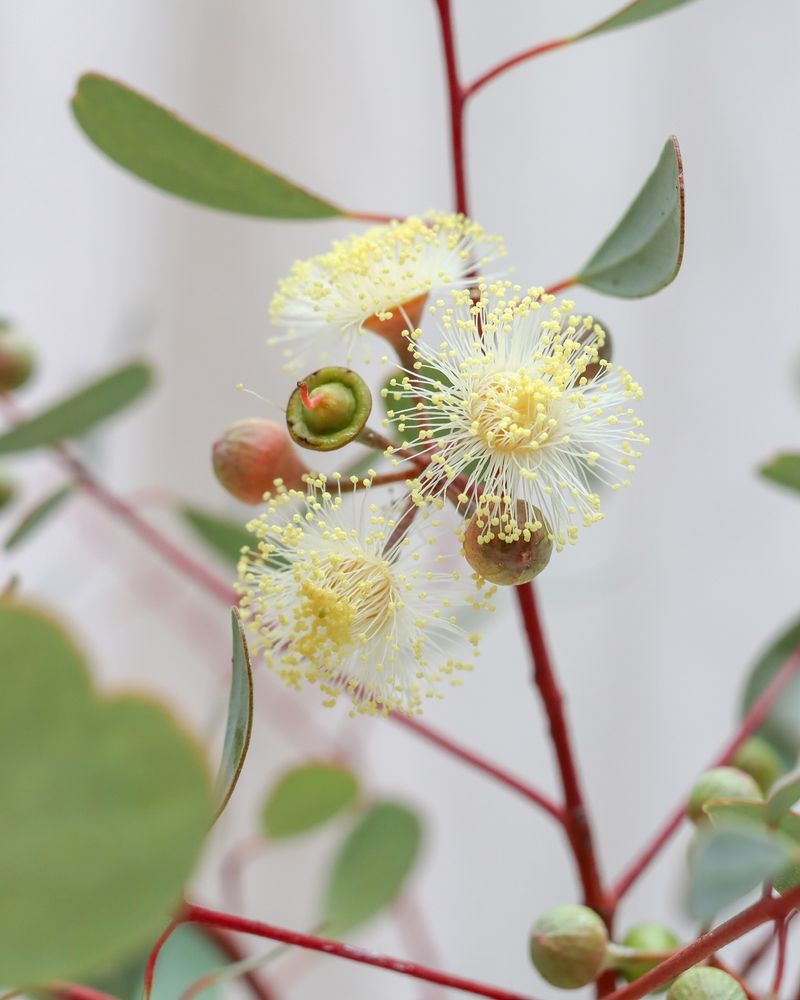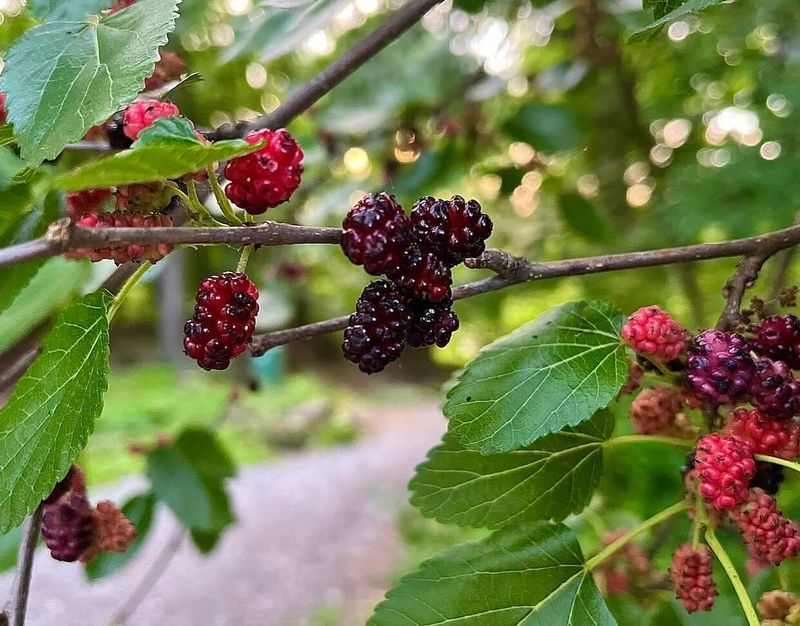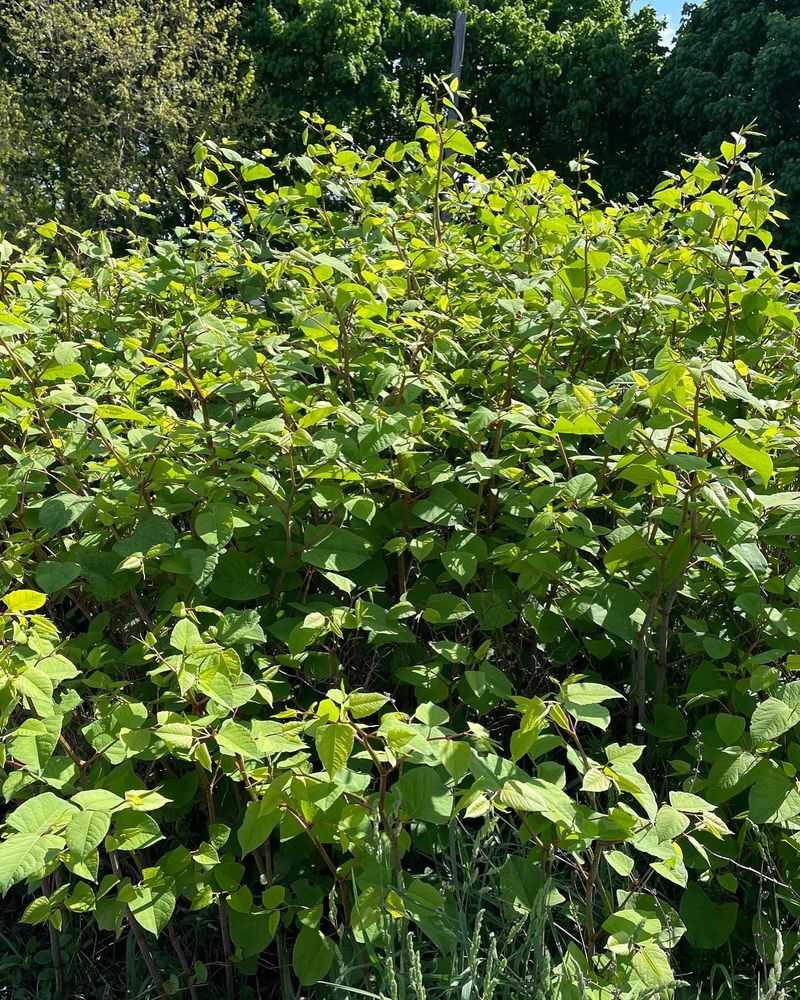I used to think any plant near the house was fair game—until a few of them caused more trouble than they were worth. Cracked walls, clogged gutters, and sneaky roots taught me a few unforgettable lessons.
If you’re not sure what’s safe to plant, I’ve got some helpful tips that could save you time, money, and stress. These 15 plants might be doing more harm than good, but don’t worry—I’m sharing better picks too.
Let’s keep your home looking great without the hidden headaches!
1. English Ivy
Those charming ivy-covered cottages in storybooks hide a destructive secret. The aerial roots actually dig into mortar, brick, and wood, creating cracks where water can seep in and cause serious damage.
Over time, this climbing menace can lift shingles and tear down gutters with its weight. Instead, try planting Boston ivy or Virginia creeper, which cling using adhesive pads rather than invasive roots that penetrate surfaces.
2. Weeping Willow
Nothing looks more peaceful than a willow’s graceful branches swaying in the breeze. But beneath that serene exterior lurks a water-seeking root system that’s ruthlessly efficient at finding and invading sewer lines and water pipes.
The roots can extend up to 100 feet, causing thousands in plumbing repairs. Consider planting Japanese maple or river birch instead – they provide similar aesthetic appeal without the aggressive underground network.
3. Bamboo
Fast-growing and exotic-looking, bamboo creates a quick privacy screen that many homeowners adore. The problem? Most varieties spread via underground rhizomes that can travel 30 feet or more from the parent plant.
Before you know it, bamboo shoots pop up through patios, driveways, and even floors. Opt for clumping bamboo varieties like Fargesia or install proper metal barriers if you must have running bamboo in your landscape.
4. Silver Maple
With its rapid growth and impressive shade, the silver maple seems like the perfect yard tree. Homeowners discover the downside when shallow, aggressive roots buckle sidewalks, crack foundations, and clog sewer lines.
During storms, their weak wood often results in broken branches damaging roofs. Red maple or ginkgo trees make excellent alternatives, offering beautiful fall color with less destructive root systems and stronger branch structure.
5. Trumpet Vine
Hummingbirds adore the bright orange flowers of trumpet vine, making it tempting for wildlife gardeners. What birds won’t tell you is how this vigorous climber can work its way under siding and shingles, causing structural damage.
The woody stems grow thick and heavy, pulling down gutters and trellises under their weight. For hummingbird-friendly alternatives, try cardinal flower or bee balm, which attract the tiny birds without the destructive climbing habit.
6. Poplar Trees
Fast-growing poplars promise quick shade and privacy, making them popular choices for impatient homeowners. Their aggressive, water-seeking roots tell a different story, often extending twice as far as the tree is tall.
These thirsty giants are notorious for invading water lines and septic systems. Consider serviceberry or American hornbeam instead – both provide beautiful foliage and flowers without the plumbing nightmares that poplars bring to your property.
7. Fig Ivy
Creating a living wall of greenery seems like a dream until fig ivy’s tiny rootlets penetrate every crack in your masonry. The damage starts subtly but becomes catastrophic as mortar crumbles and bricks loosen.
Removing established fig ivy often takes chunks of wall with it, requiring expensive repairs. Try creeping fig in containers instead, or plant Carolina jessamine, which creates beautiful coverage without the destructive attachment method.
8. Wisteria
Those cascading purple flowers make wisteria a romantic garden favorite, but this beauty comes with brute strength. Mature vines can reach the thickness of small trees, with enough power to crush arbors and pull down gutters.
The twining stems work their way into any available crack, widening gaps in siding and roofing. For similar flowering beauty, plant clematis or climbing roses, which offer gorgeous blooms without wisteria’s structural destruction.
9. Bradford Pear
Bradford pears burst into gorgeous white blooms each spring, creating a snowstorm effect in landscapes. Their popularity hides a fatal flaw – weak branch attachments that split during storms, often damaging whatever’s below.
Beyond structural weakness, their invasive tendencies threaten native ecosystems. Plant serviceberry or dogwood instead for beautiful spring flowers, fall color, and stronger branch structure that won’t crash through your roof during the first snowstorm.
10. Russian Vine
Nicknamed “mile-a-minute” vine for good reason, Russian vine can grow an astonishing 12 feet in a single season. This aggressive climber quickly overwhelms structures, working its way under shingles and between boards.
The weight of mature growth can collapse fences and pergolas entirely. Consider clematis or honeysuckle as alternatives, which provide beautiful flowers and screening without the rampant, destructive growth that makes Russian vine a homeowner’s nightmare.
11. Tree of Heaven
Despite its heavenly name, this invasive tree creates hellish problems for homeowners. Seedlings sprout everywhere – in gutters, foundation cracks, and between pavers – with roots strong enough to lift concrete.
The shallow root system also makes these trees prone to toppling onto houses during storms. Native alternatives like redbud or serviceberry provide beautiful structure without the invasive tendencies and structural damage that make Tree of Heaven so problematic.
12. Morning Glory
Those trumpet-shaped flowers in cheerful colors make morning glories seem like perfect fence covers. Garden catalogs don’t mention how their twining stems can strangle gutters and work under siding, causing water damage.
Once established, they’re nearly impossible to eradicate completely. Black-eyed Susan vine or hyacinth bean offer similar vining beauty with flowers that attract pollinators, without morning glory’s tendency to become a structural nightmare around your home.
13. Eucalyptus
Aromatic and fast-growing, eucalyptus trees promise quick privacy and distinctive blue-green foliage. What they deliver is shallow, aggressive roots that damage foundations and patios while dropping massive amounts of debris.
Their oily bark and leaves also create extreme fire hazards near homes. Consider bay laurel or magnolia varieties instead, which provide evergreen screening without the root damage and fire risk that makes eucalyptus so dangerous around structures.
14. Mulberry
Free fruit seems like a bonus until purple bird droppings stain your patio, car, and siding. Mulberry’s aggressive roots rival those of willows for plumbing invasion, while the berries create permanent stains on concrete.
Fallen fruit attracts insects and creates slippery hazards on walkways. For edible alternatives, try serviceberry or dwarf cherry varieties, which produce delicious fruits without the invasive roots and messy staining issues of mulberry trees.
15. Japanese Knotweed
So destructive it can lower property values, Japanese knotweed is the supervillain of invasive plants. Its bamboo-like stems can grow through concrete, damaging foundations, driveways, and retaining walls with ease.
In the UK, mortgage companies often refuse loans on properties with knotweed infestations. Instead of this nightmare plant, try native joe-pye weed or goat’s beard for similar height and structure without the foundation-cracking growth that makes knotweed so feared.

